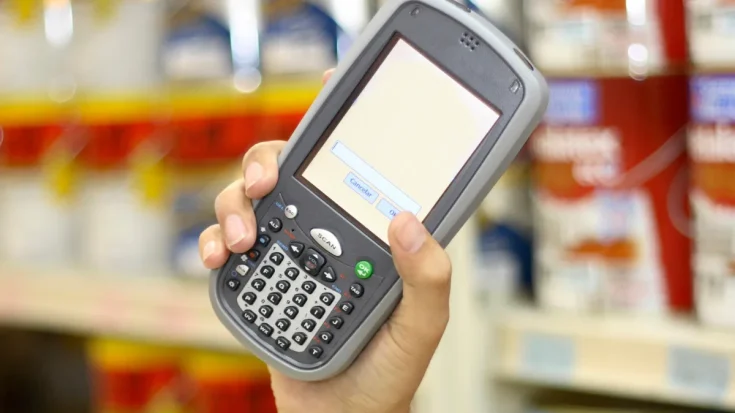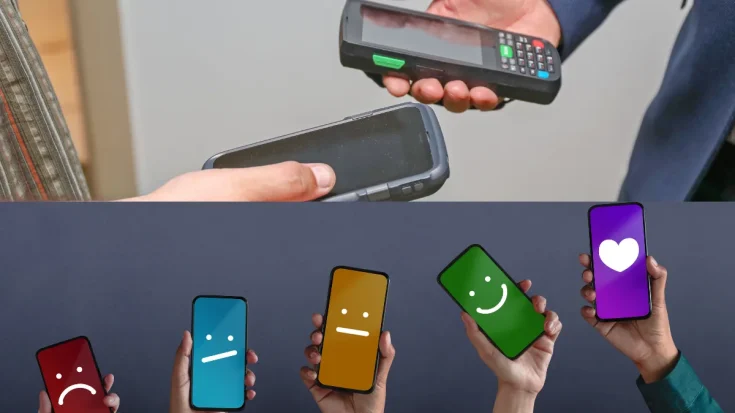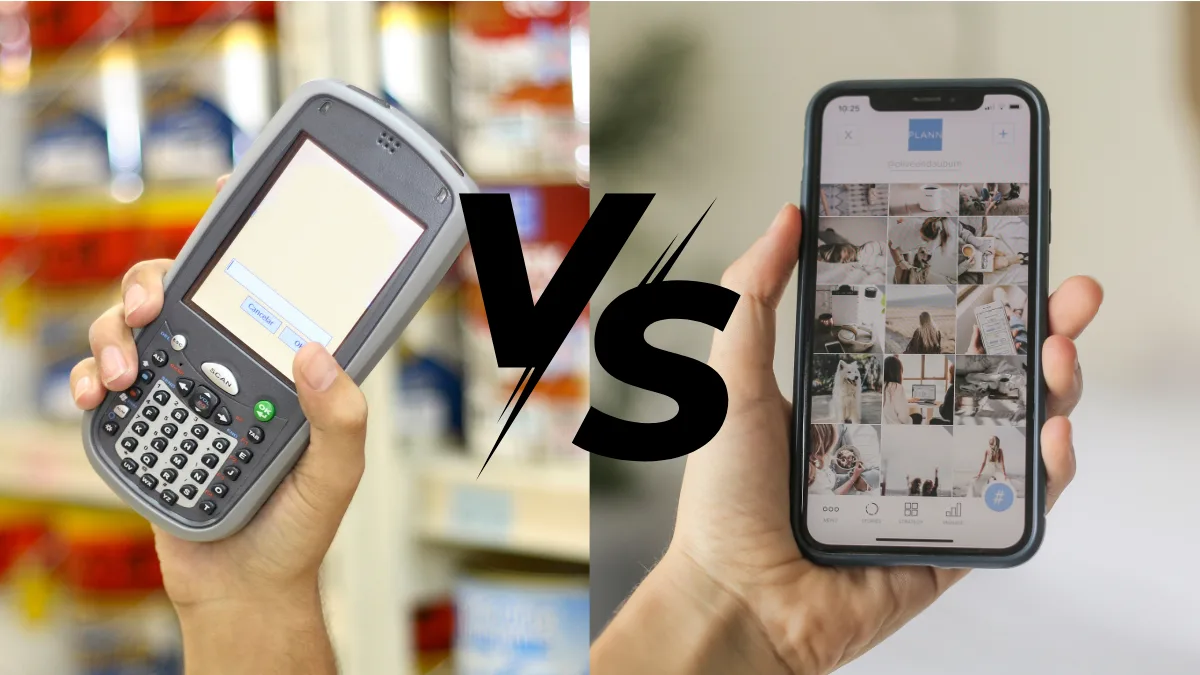Equally used by using one hand to support the operational industries, but there is a differences between handheld computers and smartphones.
The differences between handheld computers and smartphones is in some aspects including durability, operating system, purpose of use, additional features, and offline support.
This article will inform you of the differences between handheld computers and smartphones for you to consider before determining the right device for the industrial operations.
Also Read
Table of Contents
Handheld Computer Definition

Handheld computers are computers that are small enough to be held and operated with one hand. These devices have specialized operating systems such as Android industry or Windows Embedded with touchscreen features and physical or virtual keypads. These devices can be connected to local networks or the cloud with specific applications to collect data.
Handheld computers are designed to be used in heavy and dynamic work areas because they have a resilient design. Not only is it resistant to impact, but it is also resistant to water, dust, and extreme temperatures.
Smartphone Definition

A smartphone is a device that has more capabilities than a regular cell phone. This device has an operating system that allows the installation of applications, internet access, and various multimedia functions.
Smartphones can also function like mini computers with features such as sending emails, Microsoft Office, or other applications according to the desired work needs.
The Differences between Handheld Computers and Smartphones

Although both can be used only on one hand, handheld computers and smartphones have differences in some aspects. Here are some of the differences between handheld computers and smartphones:
1. Durability
Handheld computer: It has sturdy durability, impact resistance, ruggedness, resistance to falling from a certain height, water, dust, and extreme temperature resistance.
Smartphone: Although some smartphones already have a certain durability, they are still not as strong as handheld computers in the face of extreme conditions.
2. Operating system
Handheld computer: It is possible to use operating systems depending on specific needs such as Android industry, Windows Embedded, or other operating systems.
Smartphone: Generally uses Android or iOS operating system.
3. Purpose of use
Handheld computer: Used for data entry, tracking, and operations of field workers, logistics, retail, and other industries that require reliable devices.
Smartphone: Used for everyday communication, information and entertainment, and media consumption.
4. Additional features
Handheld computer: Usually equipped with some additional features such as barcode scanner, RFID reader, cradle (docking station)
Smartphone: Usually equipped with an NFC reader for digital payments.
5. Offline support
Handheld computer: Still optimized for offline applications.
Smartphone: Offline support is limited to certain applications.
Here are the differences in a nutshell:
| Aspects | Handheld Computer | Smartphones |
| Durability | Water, dust, impact resistance, ruggedness, and extreme temperature resistance | Generally cannot withstand extreme environments |
| Operating system | Android Industrial, Windows Embedded, or other operating systems | Android/iOS operating system |
| Intended use | Data entry, tracking, and field operations | Communication, information, entertainment, and media consumption |
| Additional features | Barcode scanner, RFID reader, cradle (docking station) | Rarely available |
| Offline support | Optimal for offline applications | Limited to specific apps |
That’s the differences between handheld computers and smartphones that can be your consideration in choosing the industrial sector.
If you need strong durability with a bundle function for industrial operation, the handheld computer is perfect. However, if you just need casual communication in the industry, then using a smartphone is the right choice.











